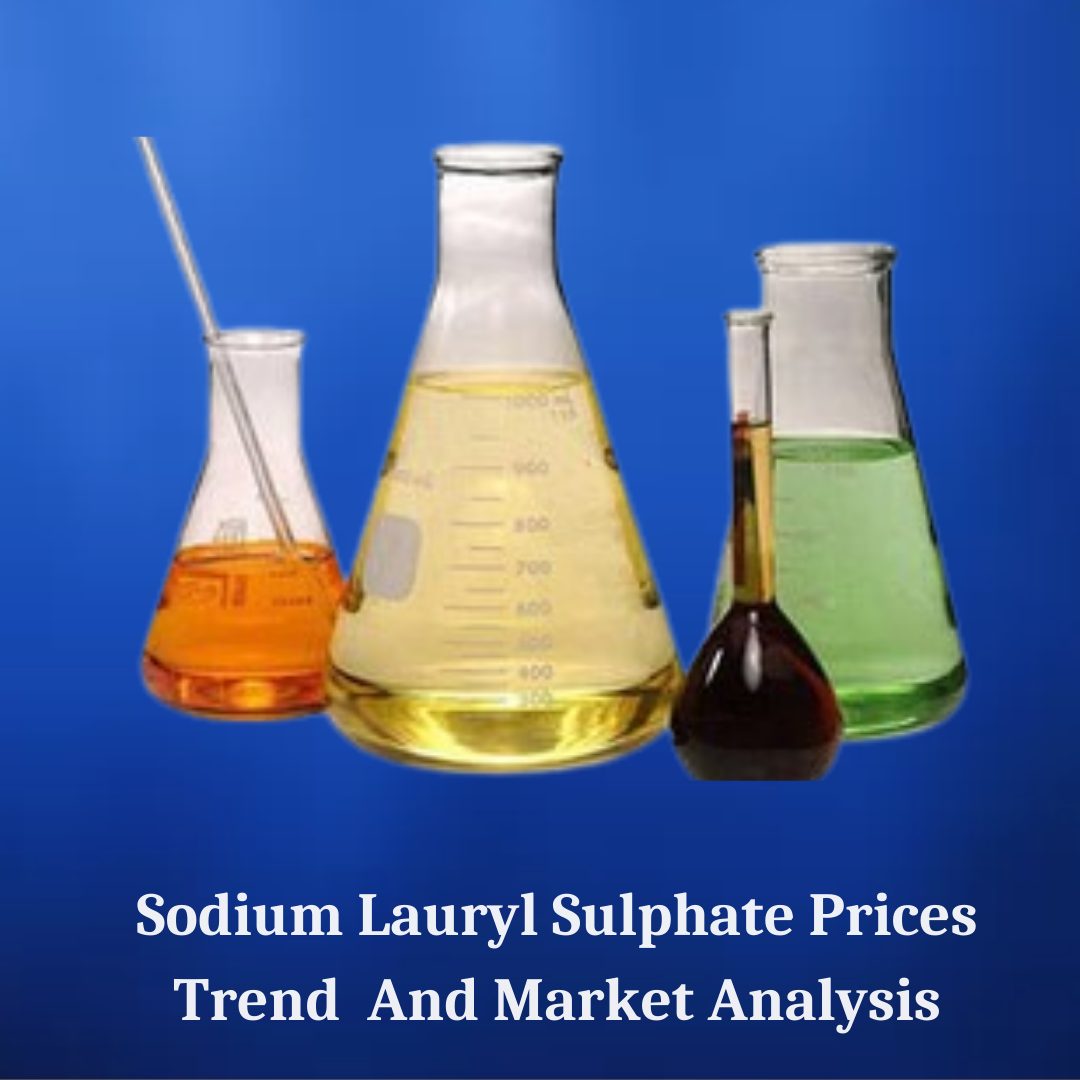
In 2025, the sodium lauryl sulfate price trend, often referred to as SLS, is expected to show moderate fluctuations based on supply chain factors, raw material availability, and consumer demand in key industries like personal care and cleaning products. Sodium lauryl sulfate is widely used as a surfactant in shampoos, soaps, detergents, and toothpaste. The pricing of SLS tends to reflect how steady or disrupted the supply of its base ingredients is, especially petroleum-based products or coconut oil, which are used in its production. Prices in 2025 are generally expected to stay stable but may rise slightly in regions facing increased manufacturing or import costs due to global logistics or environmental regulations.
👉 👉 👉 Please Submit Your Query for Sodium Lauryl Sulfate Price trends, forecast and market analysis: https://tinyurl.com/2wmppd7w
Market Size and Growth
The global sodium lauryl sulfate market has shown consistent growth and is likely to continue expanding through 2025. This growth is fueled by rising demand for household cleaning products and personal care items in emerging economies, where urbanization and hygiene awareness are increasing. The market is also supported by growing interest in fast-moving consumer goods, particularly in Asia-Pacific and Latin America. Though environmental concerns about synthetic surfactants exist, SLS remains one of the most commonly used ingredients because it is cost-effective and performs well across multiple formulations. The steady demand supports healthy growth, with a strong push from global brands introducing new products and reformulations.
Industry Trends and Outlook
There is a growing awareness among consumers about ingredients in personal care and cleaning products, which has led to a shift in some markets toward milder or more natural alternatives to SLS. Despite this, many manufacturers continue to use SLS because of its proven effectiveness and affordability. In 2025, we are seeing more companies trying to improve SLS-based formulas to reduce irritation or balance pH levels while keeping costs low. Meanwhile, companies that manufacture SLS are focusing on cleaner production methods and sustainable sourcing of raw materials to meet stricter regulatory guidelines and appeal to eco-conscious consumers.
Regional Insights
Asia-Pacific leads the sodium lauryl sulfate market due to its huge population, expanding middle class, and fast-growing consumer goods industry. Countries like China and India are seeing strong demand for detergents, toothpaste, and cosmetics—all key areas for SLS use. North America and Europe follow closely, although there is a rising preference in these regions for sulfate-free or organic products. In regions like the Middle East and Africa, increasing access to hygiene products and international brands is pushing demand upward. However, differences in environmental policies and trade agreements can cause regional price differences.
Key Opportunities
For producers and suppliers of sodium lauryl sulfate, 2025 presents several key opportunities. There’s strong potential in reformulating SLS products to be gentler or blended with natural ingredients, which could attract more customers who are conscious of product safety. There is also an opportunity in expanding distribution in underdeveloped markets where demand for personal hygiene and household cleaning products is still growing. Additionally, partnerships between raw material suppliers and manufacturers could help stabilize prices by improving supply efficiency and reducing dependency on imports.
Major Market Players
A few major chemical companies dominate the SLS production market, supplying raw SLS powder and liquids to a variety of industries. These players often operate on a global scale and have the advantage of strong distribution networks and established contracts with manufacturers of cleaning and personal care brands. They focus on optimizing production capacity, meeting international quality standards, and staying ahead of regulatory changes that could impact their operations. In 2025, many are investing in innovation, cleaner technologies, and more sustainable packaging to align with market expectations.
Future Forecast and Industry Analysis
Looking ahead, the sodium lauryl sulfate industry is expected to experience steady demand. However, it will also face increasing scrutiny from both regulators and consumers, especially regarding environmental impact and skin sensitivity concerns. Manufacturers who adapt to these changes—by improving formulations, being transparent about ingredients, or offering sulfate-free alternatives alongside traditional products—will be better positioned for long-term success. The overall forecast suggests modest price growth, supported by stable demand but influenced by energy costs, environmental rules, and evolving consumer preferences.
Segmentation and Market Share
The SLS market is segmented by form (liquid or powder), application (personal care, detergents, industrial cleaners), and end-user industries. The personal care segment holds a large share due to the popularity of SLS in products like shampoo, body wash, and toothpaste. Household and industrial cleaning follow closely. Liquid SLS is often preferred for ease of handling in manufacturing, but the powder form remains popular for shipping efficiency. Different grades are available depending on purity and intended use, which also affects price. Market share is spread among multinational producers and regional chemical suppliers.